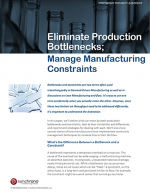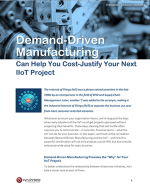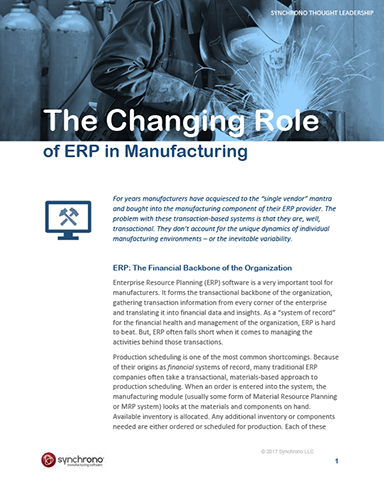The Changing Role of ERP in Manufacturing
For years manufacturers have acquiesced to the “single vendor” mantra and bought into the manufacturing component of their ERP provider. The problem with these transaction-based systems is that they are, well, transactional. They don’t account for the unique dynamics of individual manufacturing environments – or the inevitable variability.
ERP: The Financial Backbone of the Organization
Enterprise Resource Planning (ERP) software is a very important tool for manufacturers. It forms the transactional backbone of the organization, gathering transaction information from every corner of the enterprise and translating it into financial data and insights.
As a “system of record” for the financial health and management of the organization, ERP is hard to beat. But, ERP often falls short when it comes to managing the activities behind those transactions.
Production scheduling is one of the most common shortcomings. Because of their origins as financial systems of record, many traditional ERP companies often take a transactional, materials-based approach to production scheduling. When an order is entered into the system, the manufacturing module (usually some form of Material Resource Planning or MRP system) looks at the materials and components on hand.
Available inventory is allocated. Any additional inventory or components needed are either ordered or scheduled for production. Each of these events then creates a financial transaction that flows through the system all the way to the general ledger.
This transactional, materials-based approach doesn’t work well with the reality that is modern manufacturing where available capacity is just as critical as material availability and when demand changes or events require schedule adjustments at a moment’s notice.
What’s Related




Favorites





